[…]
As Seen on the Rare Plant Academy: Dormant Buds for Long-term Preservation
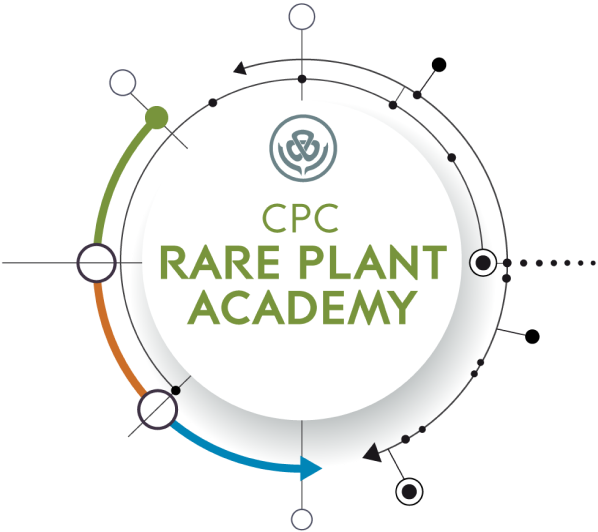
Preserving tissues by storing in liquid nitrogen at temperatures below –130°C.

[…]
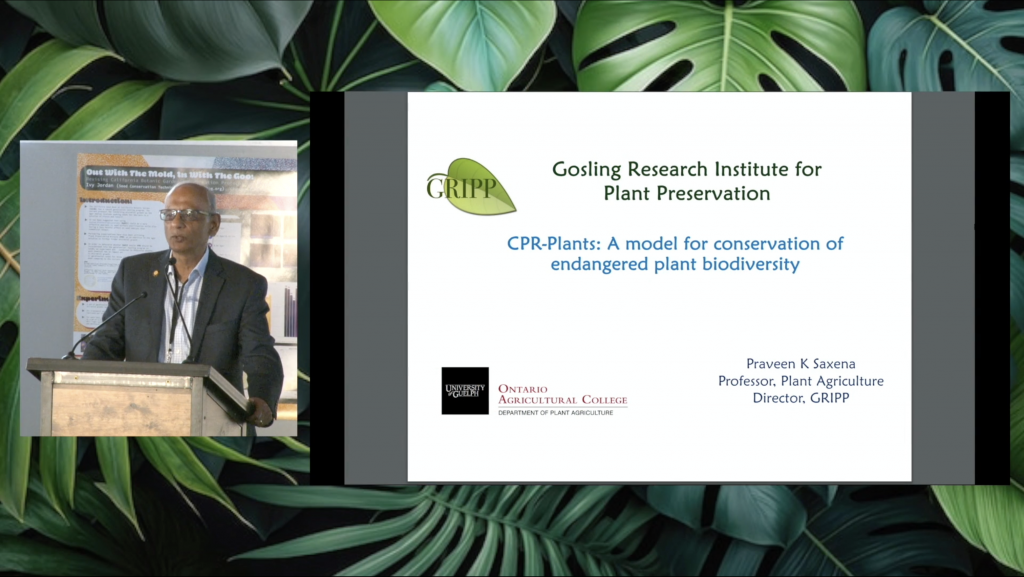
Climate change and biodiversity loss and are two closely intertwined events, which occur simultaneously and lead to serious losses of plants in ecosystems. Loss of habitats at an alarming rate has also seriously impacted the survival of several plant species of ecological significance. The Gosling Research Institute for Plant Preservation (GRIPP) (www.gripp.uoguelph.ca) is a unique […]
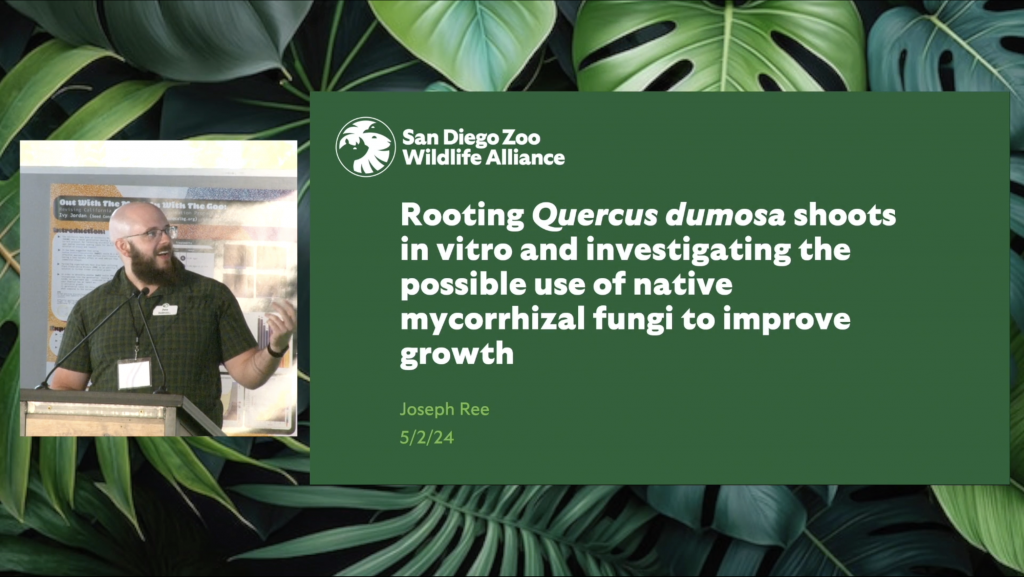
Quercus dumosa, or the coastal sage scrub oak, faces numerous threats to its native range, such as fires, urban development, and climate change. Unfortunately, Q. dumosa’s acorns cannot survive the dry conditions required for seed banking, and living collections require considerable space. One alternative for ex situ conservation is tissue culture, in which microplants from many individuals […]
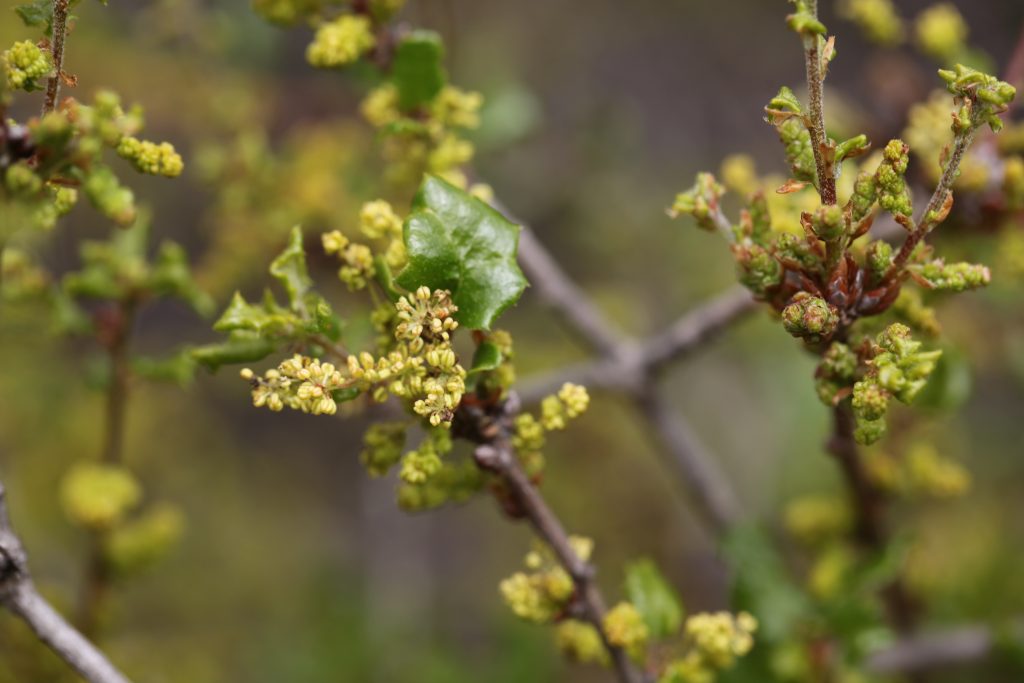
[…]
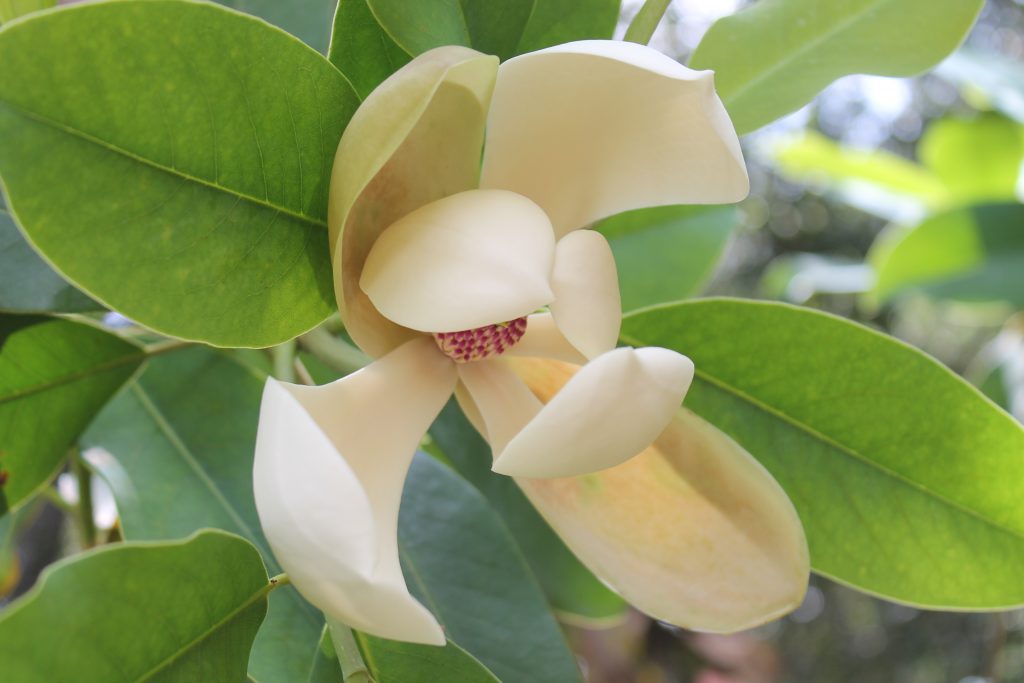
[…]
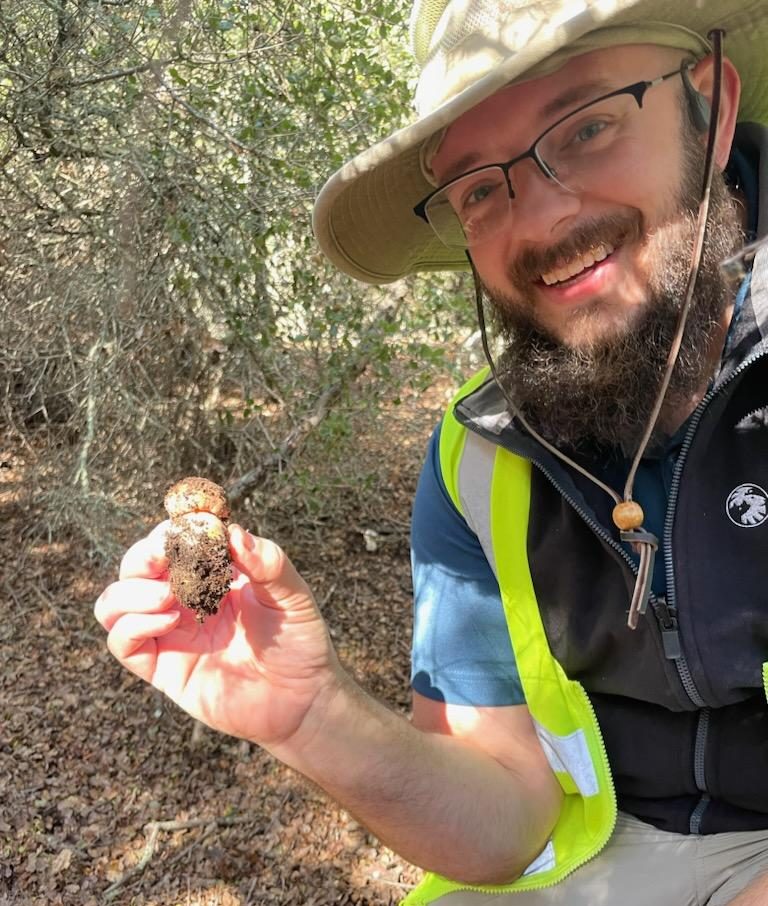
[…]

[…]
Asimina manasota plants growing in vitro at the Lindner Center for Conservation and Research of Endangered Wildlife at the Cincinnati Zoo and Botanical Garden (CREW). […]

The Hawaiian Rare Plant Program (HRPP) uses ex-situ conservation technologies to safeguard endangered native Hawaiian plants from extinction. The HRPP is located at Lyon Arboretum, a University of Hawaii research unit, and is comprised of the Micropropagation Lab, Seed Conservation Lab, and Rare Plant Greenhouse. Each component of the HRPP plays a critical role in […]

[…]

Chemical solutions known as cryoprotectants are used to prepare plant shoot tips for preservation in liquid nitrogen. CSU’s Heidi Kreckel discusses the science of cryoprotectants, including their ability to form a glassy or “vitrified” state, which is key to preparing the cells for extreme storage conditions. This video was made possible thanks to the Institute […]

The ex-situ conservation of magnolias plays a crucial role in preserving the species red-listed by IUCN, and it is generally limited to field collections. The cryobiotechnology (i.e., plant tissue culture and cryopreservation) can help safeguard the biodiversity of plants and reduce the cost of maintenance and the risk of loss for the collection. Studies on […]
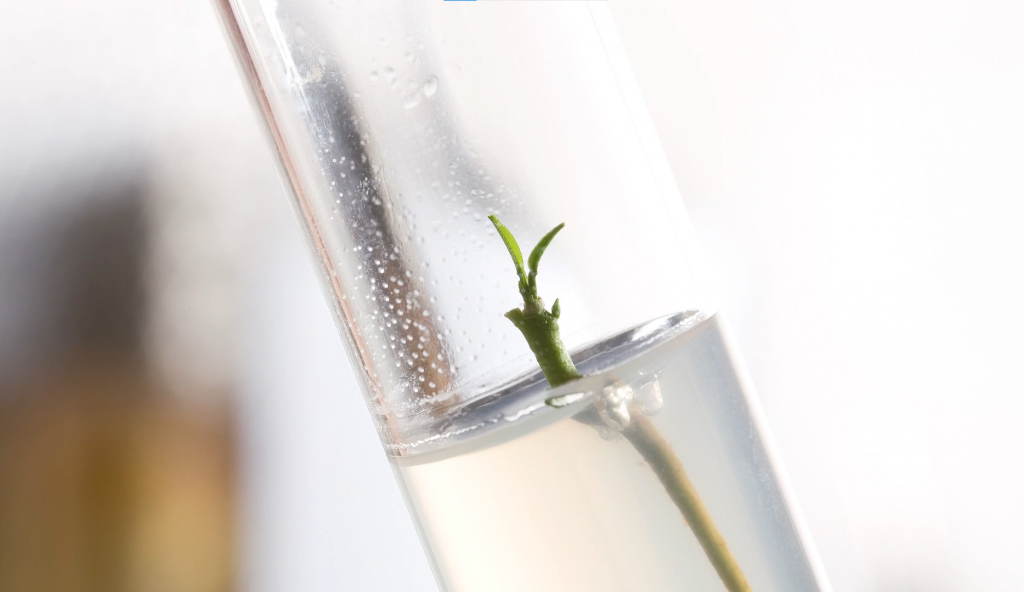
When genebanks must cryopreserve a diverse range of clonally propagated plants, it is often most effective to preserve their shoot tips–tiny growing points in their tissues. USDA’s Remi Bonnart discusses the circumstances for which shoot tip cryopreservation is appropriate, and shows how a variety of shoot tips preservation methods are used to preserve grape, strawberry, […]

Temperate woody plants naturally form buds that enter a state of dormancy in the winter months. For genebanks preserving clonal material, it is advantageous to cryopreserve tissue in this state. CSU’s Katheryn Chen discusses the benefits and limitations to this approach, and shows how this process is used to preserve the genetic material of cherry […]
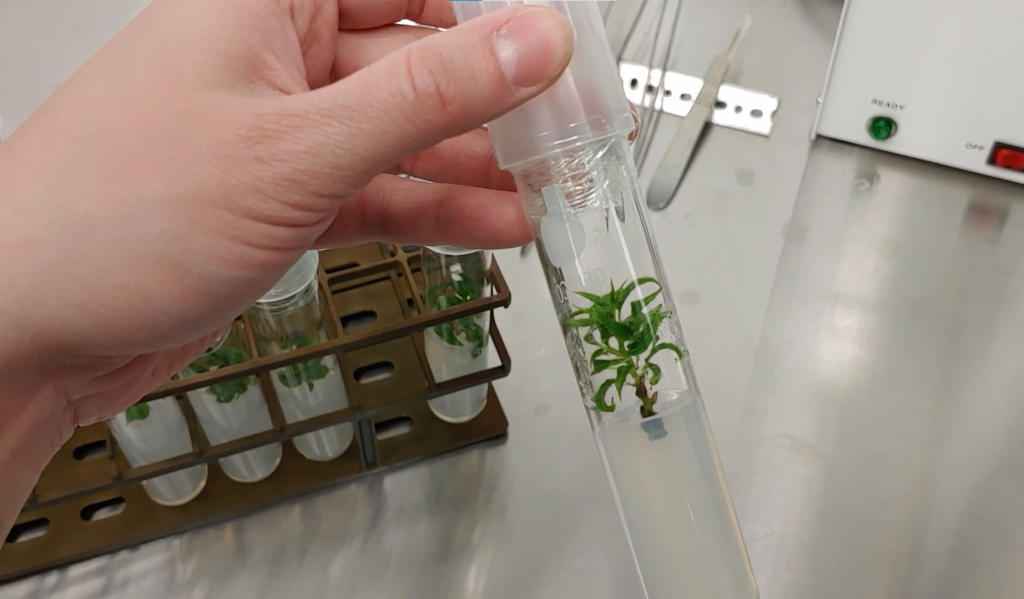
Cryopreservation is a technology that allows genebanks to preserve plant genetic resources on a long-term basis. USDA’s Jennifer Kendall discusses how cryopreservation is used at the National Laboratory for Genetic Resources Preservation to preserve clonal material–that is tissue that contains the exact same genetic makeup as the source plant–in liquid nitrogen. This video was made […]
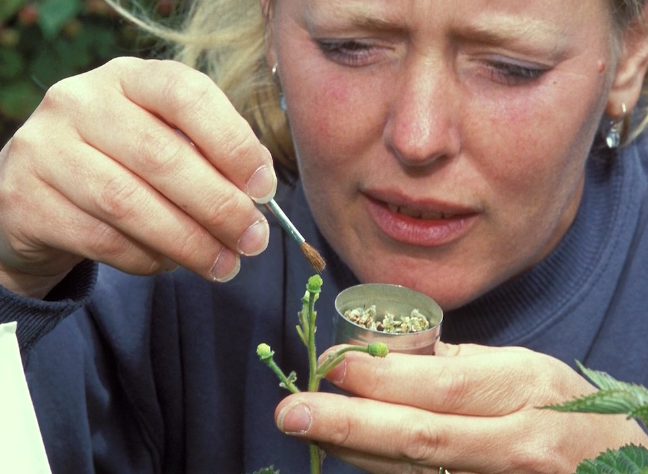
Pollen is an essential resource for plant breeding programs. Because of its widespread use, there is a great interest in preserving pollen within genebanks that conserve plant genetic diversity. USDA’s Ashley Shepherd discusses the research and storage efforts underway at the National Laboratory for Genetic Resources Preservation, highlighting pollen from the genus Prunus. This video […]
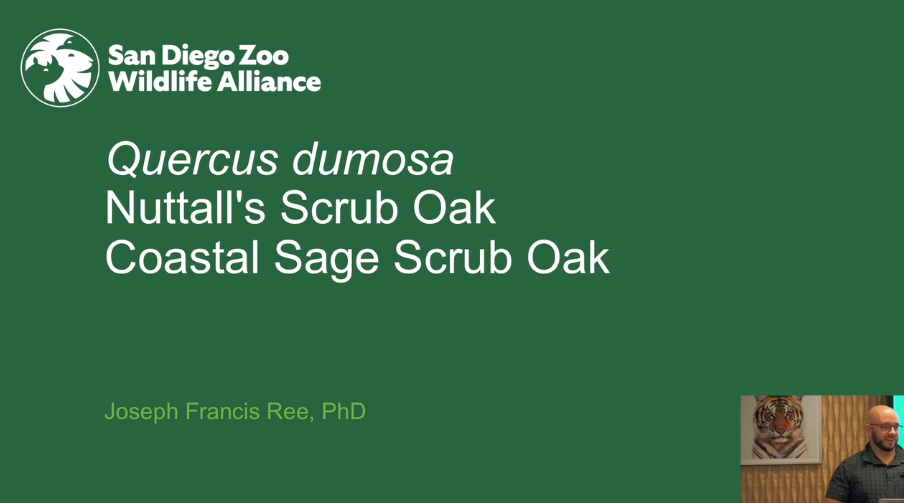
San Diego Zoo Wildlife Alliance postdoc, Dr. Joe Ree, presented some of his work with Quercus dumosa at the 2021 Channel Islands and California Native Oak Workshop. Dr. Ree is working with tissue cultures to try and establish a method of propagating this rare scrub oak. He hopes to further preserve the tissues using cryopreservation […]
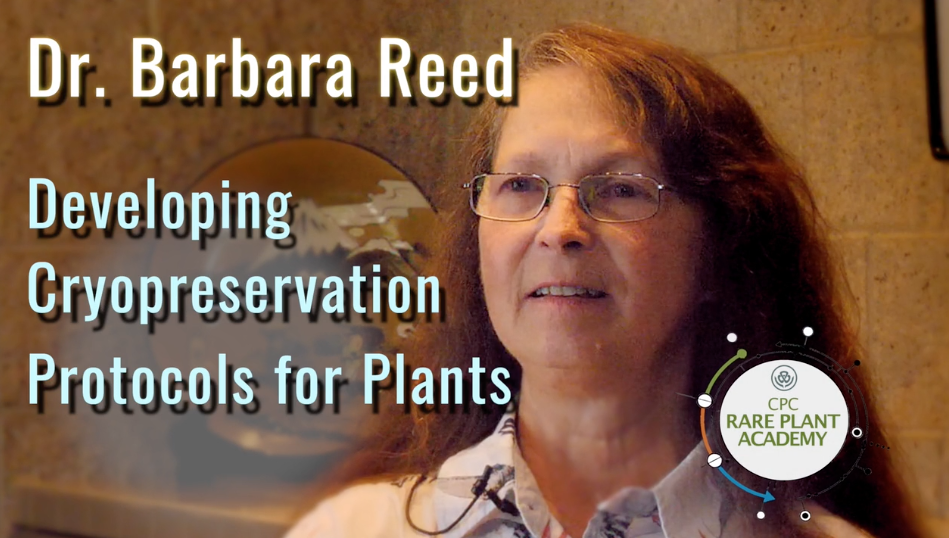
Dr. Barbara Reed of the US Department of Agriculture, National Clonal Germplasm Repository, has spent her career working with tissue culture and cryopreservation of fruit crops. She was editor of a book, often referred to as ‘the Bible of Cryopreservation’, titled ‘Plant Cryopreservation: a Practical Guide‘. In this video, Dr. Joyce Maschinski questions her about […]